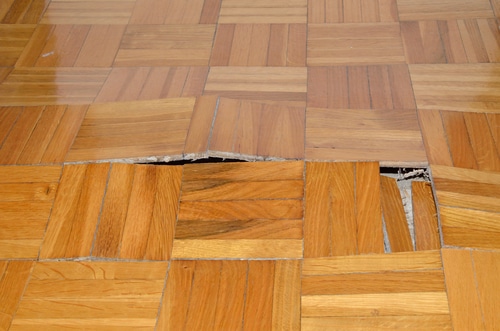Just how to Examine If Your Residence Has a Concealed Leak
Just how to Examine If Your Residence Has a Concealed Leak
Blog Article
Each person seems to have their unique way of thinking involving Top leak detection hacks.

The minute you locate a leakage, calling your plumber for repair services is the most effective option. Some tiny water leakages might not be visible. Right here are some hacks that help if you can not identify it with your nude eyes.
Early detection of dripping water lines can minimize a prospective disaster. In addition to conserving you money, it will minimize the stress and disappointment.
Inspect Water Intake
If you spot sudden changes, despite your consumption being the same, it implies that you have leaks in your plumbing system. A sudden spike in your costs shows a fast-moving leakage.
At the same time, a consistent boost monthly, despite having the exact same practices, shows you have a slow-moving leak that's also gradually intensifying. Call a plumber to extensively check your residential or commercial property, specifically if you feel a cozy location on your floor with piping beneath.
Inspect and Examine the Situation
Property owners ought to make it a routine to examine under the sink counters and also also inside cabinets for any bad odor or mold growth. These two red flags indicate a leak so prompt attention is required. Doing routine evaluations, even bi-annually, can save you from a significant issue.
Take A Look At the Water Meter
Every home has a water meter. Inspecting it is a surefire way that aids you find leaks. For starters, switch off all the water resources. Guarantee no one will certainly flush, use the tap, shower, run the washing maker or dishwashing machine. From there, go to the meter and also watch if it will transform. Considering that no person is using it, there need to be no movements. If it relocates, that indicates a fast-moving leakage. If you discover no modifications, wait a hr or two and also check back again. This means you might have a slow leak that could even be underground.
Asses Outside Lines
Don't neglect to inspect your outside water lines too. Should water permeate out of the link, you have a loose rubber gasket. One tiny leakage can waste lots of water and increase your water expense.
Do a Food Coloring Test
When it comes to water intake, 30% comes from toilets. If the color somehow infiltrates your dish during that time without flushing, there's a leakage between the tank and also bowl.
Inspect for stainings and also weakening as the majority of pipelines as well as appliances have a life expectancy. If you believe leaking water lines in your plumbing system, don't wait for it to escalate.
The minute you discover a leakage, calling your plumber for repairs is the best solution. Some little water leaks may not be visible. Examining it is a guaranteed method that helps you uncover leakages. One tiny leakage can waste lots of water and also spike your water expense.
If you presume leaking water lines in your plumbing system, do not wait for it to escalate.
WARNING SIGNS OF WATER LEAKAGE BEHIND THE WALL
PERSISTENT MUSTY ODORS
As water slowly drips from a leaky pipe inside the wall, flooring and sheetrock stay damp and develop an odor similar to wet cardboard. It generates a musty smell that can help you find hidden leaks.
MOLD IN UNUSUAL AREAS
Mold usually grows in wet areas like kitchens, baths and laundry rooms. If you spot the stuff on walls or baseboards in other rooms of the house, it’s a good indicator of undetected water leaks.
STAINS THAT GROW
When mold thrives around a leaky pipe, it sometimes takes hold on the inside surface of the affected wall. A growing stain on otherwise clean sheetrock is often your sign of a hidden plumbing problem.
PEELING OR BUBBLING WALLPAPER / PAINT
This clue is easy to miss in rooms that don’t get much use. When you see wallpaper separating along seams or paint bubbling or flaking off the wall, blame sheetrock that stays wet because of an undetected leak.
BUCKLED CEILINGS AND STAINED FLOORS
If ceilings or floors in bathrooms, kitchens or laundry areas develop structural problems, don’t rule out constant damp inside the walls. Wet sheetrock can affect adjacent framing, flooring and ceilings.
https://www.servicemasterbyzaba.com/blog/how-to-detect-water-leakage-in-walls/

As an avid person who reads about Detecting hidden plumbing leaks, I imagined sharing that editorial was important. Do you know someone else who is truly interested in the topic? Why not share it. Kudos for your time. Visit us again soon.
Report this page